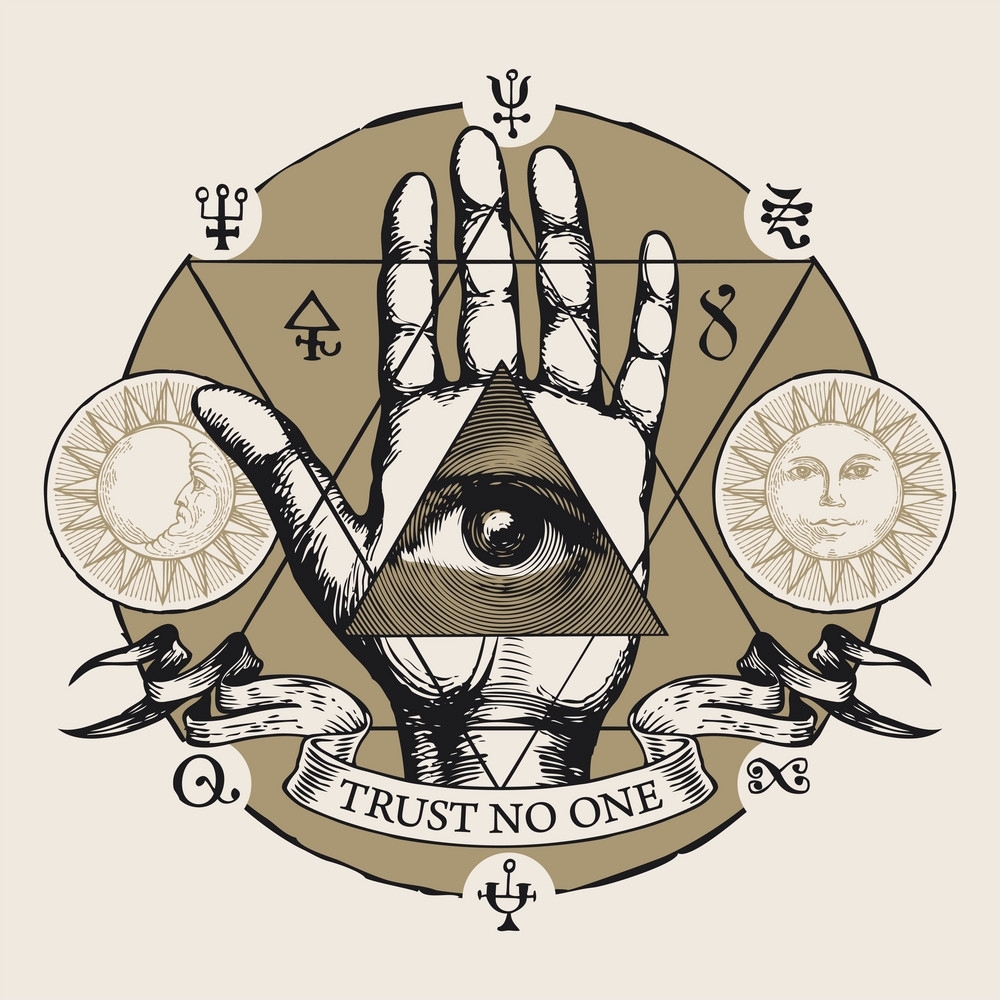“According to tradition, the Devil has always been a celebrated patron of the arts. Quite apart from the vague and somewhat contradictory references to his personage found in the Bible, Satan has maintained a long and distinguished presence in Western culture. Indeed, it is as a constantly shape-shifting entity of the creative imagination that Lucifer has been most enlivened in mankind’s consciousness.
Mephisopheles was the muse of such composers as Liszt and Paganini, whose virtuosity inspired rumours of pacts with the Devil. Opera houses still resound to a repertoire of infernal arias. Medieval nun Hildegard von Bingen’s Sequentia included one of the Devil’s earliest appearances as a musical character, a heritage continued more recently in the Satanic pieces of Penderecki and Maxwell Davies. Dante’s Inferno, Milton’s Paradise Lost, and Goethe’s Faust count among the masterpieces of their respective national literatures, each conveying an indelible Satanic vision whose influence has lasted centuries. The Prince of Darkness was praised in the litanies of Baudelaire and the hymns of Carducci, among countless other bards drawn to sulphurous verse. Ever since the Everyman plays of the Middle Ages, the Devil has strutted the boards of the world’s stages, from Marlowe’s Doctor Faustus to Shaw’s Don Juan In Hell. Satan has been an obliging model for artists of the calibre of Durer, Bosch and Goya, later materializing on the decadent canvases of many great Symbolist painters. The first sculptures of the Devil were seen in 12th century churches, and secular Satans of stone were molded by the romantic Rodin.”
– Nikolas Shreck, The Satanic Screen: An Illustrated Guide to the Devil in Cinema


